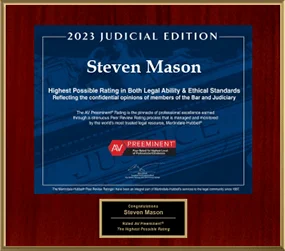Science and child custody: Scheduling solutions
For many Florida families, trying to coordinate child custody schedules can be a significant challenge. When parents divorce and remarry, they very often find themselves dealing with the child custody arrangements of their new partners, which can wreak havoc on the scheduling system that they have come to accept within their own divorce. One group of scientists has devised a mathematical solution to this issue, which suggests that it is possible to work through these difficulties and reach a solution that is beneficial for all involved.
Consider, for example, a scenario in which a man and woman marry and have a child together. The man has two other children from two previous relationships, and the woman has a child with her former husband, who is now married to a woman with her own child and accompanying custody agreement. Trying to get the four primary children together in one household for a weekend visit can be a nightmare, especially given the fact that there are a total of four custody arrangements that must be accommodated (assuming that the ex-husband and his wife want their two children to spend time together, as well).
The researchers who tackled this issue used a sophisticated mathematical model to try to devise a schedule that would allow for the various stipulations of custody agreements to be met, while allowing kids to spend time together in their blended households. The system was successful in meeting that goal some of the time, but no solution was found in which all parties were accommodated all of the time. This is not surprising, given the complexity of the problem and the limited number of weekend days available in any given month.
While there is no application currently in development that makes use of this research, such a product may be on the horizon. Until then, parents must make use of a collaborative and cooperative approach when working out scheduling difficulties. In some situations, it may be necessary to approach a Florida court in order to ask that the existing child custody agreement be modified in order to provide more time spent with a blended family.
Source: Scientific American, Physics Can Solve Child-Custody Arrangements, Clara Moskowitz, March 7, 2014






















